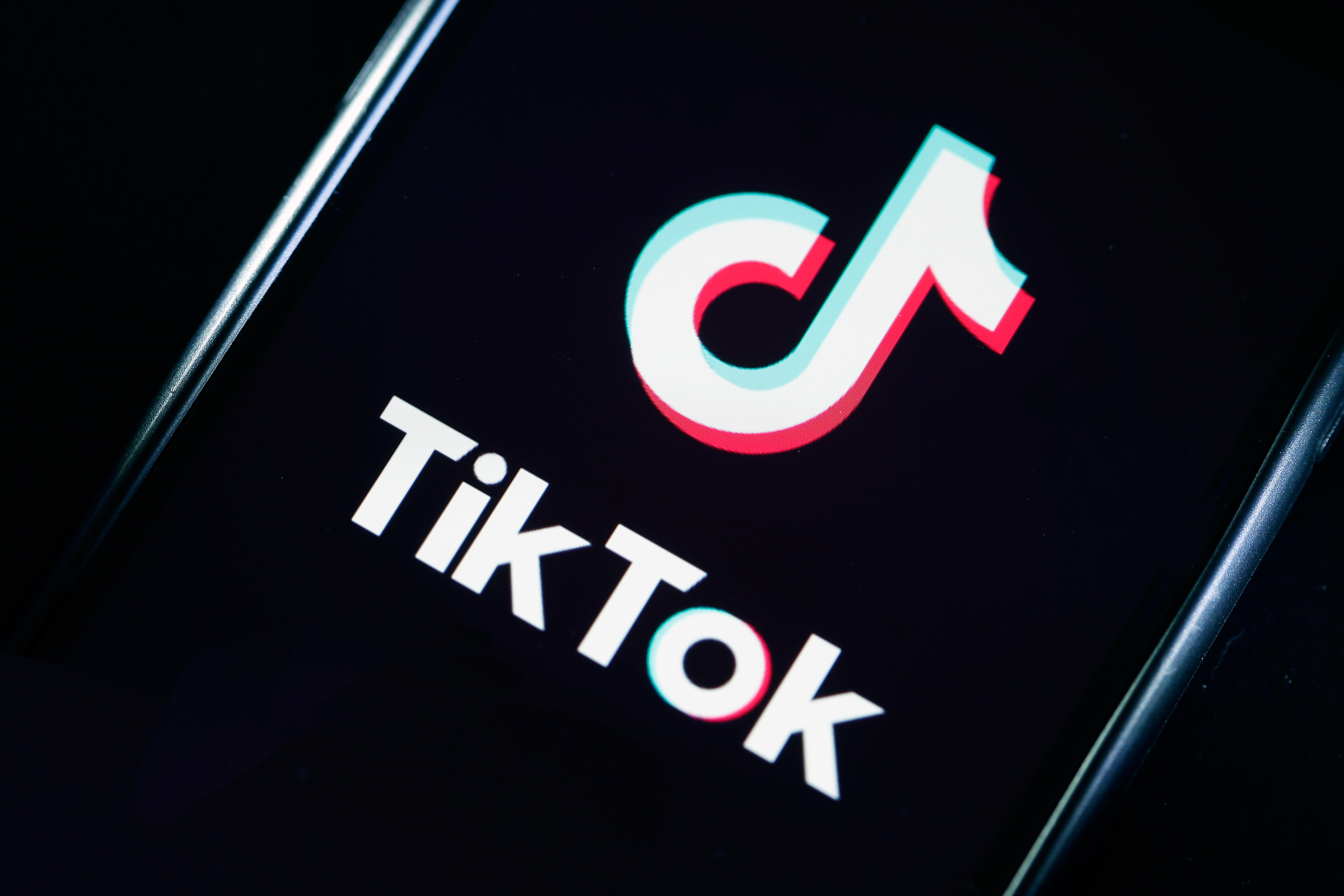Imagining a U.S.-Based TikTok
Social media platform has much potential for would-be buyers

Looks like 2020 has struck again — this time causing turmoil in TikTok.
The popular mobile app is getting banned in the United States (technically, a new presidential executive order prohibits U.S. citizens from doing business with it over security concerns, after a 45-day window expires). In essence — for TikTok to continue existing in the U.S., it will need a new owner. Last week, Microsoft emerged as a rumored acquirer. And over the weekend, Twitter reportedly threw its hat in the ring, expressing interest in a merger.

While the app's fate will be determined over time, a lot could change over the coming months.
First, there’s no denying the value in owning TikTok. It’s growing fast — and is just scratching the surface of its revenue potential through its self-serve ad machine. With the U.S. president attacking TikTok, the noise just makes the platform even more popular — especially to young audiences who may feel a sense of rebellion in using it.
That said, TikTok is now more mainstream than it is counterculture. It was already becoming a hub for information and organizing gen-Z activists and politically-minded people. In its NewFronts presentation this year, TikTok highlighted its community that’s leveraging the app to organize around social injustice, the pandemic and many other issues. Those users will be fighting for the app to stay alive and stay true to what it is today no matter who owns it.
Advertiser Benefits
If Microsoft acquires TikTok, the draw for advertisers is how it could leverage user data to tweak features on other properties to appeal to a broader audience. For example, having an integration with Xbox opens possibilities such as a user being served TikTok videos of people playing the new Halo release, and then being able to immediately download/play herself. Then she can share clips back to her own TikTok audience. And it would be easy for people to make TikToks of themselves doing Fortnite dances and share those with friends. That alone makes gaming and content creation very powerful. But seamless integration is a monumental task especially in the middle of a pandemic that has stunted the economy.
Twitter may be an even greater long shot. Although it could face less scrutiny through the acquisition, pulling together the capital to outbid Microsoft within the 45-day deadline will be a hurdle.
But I’m assuming way too much, and both of these billion-dollar deals can easily collapse. Although TikTok reassures users and advertisers that it plans to stick around for years to come, what happens if the deal falls through and the app gets shut down. Will its users go to Instagram, Snapchat or YouTube? Or somewhere else entirely?,
This year, a lot of user growth on TikTok has come from more mature generations. As with Snapchat when it was first coming up, for TikTok to maintain a stronghold, it has to also attract the 24-to-35-year-old crowd (not just 13-to-17-year-olds). But with Facebook launching a competitive feature called Reels, and those mature TikTok users likely already spending time on Instagram/Facebook, it’s plausible that’s where they’ll turn. TikTok, if banned, has already done Facebook’s job of orienting young adults to this style of short-form video consumption.
Of course, there are other established alternatives such as YouTube, and many smaller new apps that are attempting to lure popular TikTok content creators. Although TikTok is pushing back by supporting influencers with large followers through its Creative Fund, some creators are already promoting the alternatives.
Building a Base Takes Time
But it will be a while until they match TikTok’s user base, and even longer before they can compete with the likes of Facebook. If the audience isn’t there, there simply isn’t an incentive for marketers to pay attention. And it would be foolish to bet that TikTok’s users will organically follow their favorite influencer to a new platform as opposed to turning to something that’s more familiar. Not even TikTok was able to accomplish that — it initially won its U.S.-based users through the 2018 acquisition of Music.ly, and grew that through aggressive ad spend (which has paced as high as $3 million per day).
And TikTok is reportedly challenging the presidential order in a California court. That could pause all of this activity before it gets started.
TikTok’s business operations could look radically different by the end of the year. What won’t change is how it generates value through the mobilization of data from its massive audience. Keeping up that scale amid its corporate changes (whether it is losing operations in the U.S. because of a ban, or maintaining its status through a sale) is the key for its continuation. It’s what makes the app’s video recommendations interesting, and what keeps users, creators and advertisers coming back.
Amy Rumpler is VP of paid social at Centro, a provider of advertising technology to unify programmatic and direct media buying with workflow automation.
Multichannel Newsletter
The smarter way to stay on top of the multichannel video marketplace. Sign up below.
Amy Rumpler is VP of paid social at Centro
